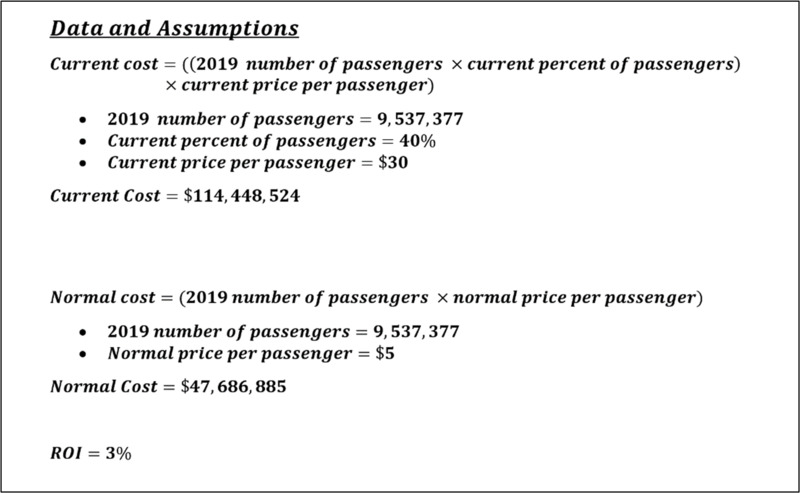Scope & Feasibility Analysis
Operations Analysis Daniel Hochstetler Explains Scope and Feasibility
Scope Statement
The scope of the project includes the Triple Constraints which are: Time, Quality, and Money.
Quality refers to the content and level of detail in the final deliverable provided to the client. This will include:
- A full analysis of the client’s situation.
- A complete assessment as to the optimal solution.
- An Implementation Plan for the solution.
- Technological, Operational, and Economic Feasibility Analysis.
- An Industry Analysis.
- Statement of Current Operations.
- Statement of Information System Requirements.
- System Design.
- Installation.
- Training.
- Maintenance.
- Post Implementation Review.
Time details various time commitments the client can expect during the project. This will include:
- The client will receive the final product on or around the last week of April.
- Meetings will be conducted approximately once every month unless additional meetings are necessary.
- Contacting the IIA with follow-up emails, phone calls, or text messages about meetings and any other questions.
- Submitting bi-weekly Status Reports to the IIA.
Cost highlights various financial situations relating to the final project deliverable.
- An Economic Feasibility study will be provided, and the solution will be within the bounds provided. The Economic Feasibility section will include a cost/benefit analysis.
- Total Cost of Ownership calculation using MSRP pricing in the final deliverable.
- The client does not have to purchase the recommended solution.
Feasibility Analysis
Feasibility Analysis includes technical, operational, and financial feasibility. These are boundaries that the solution must work within.
Technical Feasibility
Technology is constrained by the functionality needed to supply security to the passengers. These constraints are not unique to one specific airport. The constraints are set to ensure that the technology used in the security process achieves the goal of keeping passengers safe. Proposed solutions must be within these technical constraints to meet the requirements of the security process.
- The solution will not include any technology in which the results of implementation cannot be measurable. This is because the client needs to measure the success of the solution.
- The solution will not include technology that is insecure or has vulnerabilities.
- The solution will not include technology that is ineffective at identifying contraband.
- The solution will not be Apple-based because the network is not equipped with Mac Operating Systems.
Operational Feasibility
The constraints listed in Operational Feasibility are specific to an airport security process. Under the unique circumstances of the Covid-19 pandemic, additional constraints have been put in place to ensure the security of the passengers.
- Due to the stressful customer experience, the security process must be easy to understand. The solution cannot be difficult for the average passenger to understand.
- Passengers must go through physical screening. Identifying passengers are important, the solution cannot disregard this.
- There are CDC guidelines that the airport must follow. The solution cannot allow passengers in separate parties to be within 6 feet of each other when in line for physical screening.
- The security line must not exceed the space inside the building.
- Up close human contact must be limited as much as possible. The solution must not require more physical contact.
- Passengers must feel like the area is thoroughly clean. The solution cannot make passengers perceive that the facility is unsanitary.
- The TSA is a government agency. The solution cannot ignore the agency’s standard operating procedures when designing a process.
Financial Feasibility
Under the circumstances placed upon the airport due to Covid-19, the variable cost of security per passenger is about thirty dollars. This is twenty-five dollars more than the normal cost per passenger of five dollars. This is because the number of passengers is currently reduced to forty percent of the average. According to IIA’s Airline Activity Report of December 2019, the year-to-date number of passengers in 2019 totaled 9,537,377 passengers. This data (shown in Figure 2: Data and Assumptions) can be used to calculate the maximum workable cost.
The use of return on investment (ROI) is not common for municipal corporations to calculate for internal use. This is because municipal corporations try to minimize costs rather than maximize profit. Instead, the maximum workable cost is used as a benchmark. The commonly accepted rate of inflation of three percent is used to complete this benchmark. Using the accepted rate of inflation supplies insight into how much the problems will cost the organization next year.
The current issues, facing the security process, cost $64,817,125.20 per year as shown in Figure 3: Max Feasibility Cost Formula. This is the largest amount that can be spent to expect an ROI of three percent and the resolution of the issues. To increase the ROI and fix the issues, a solution will be identified which will cost less than $64,817,125.20.


